Auschwitz-Birkenau Conentration camps are one of the most chilling, yet interesting destinations you will ever visit.
Everyone should know the history behind these camps, but visiting them gives you an entirely different dimension to the meaning of the awful experience the Jews and other nationalities must have suffered at the hands of the Germans.
The most interesting facts about the concentration camps are:
- The camp was divided into 3:
- Auschwitz I housed the central offices, warehouses, and workshops.
- Auschwitz II held the prisoners’ barracks and was the camp where the gas chambers were located.
- Auschwitz III was the slave labour camp supplying labourers for the nearby German organisations.
- Prisoners were brought to the camp by train, with many dying on the way due to the appalling conditions. They could only stand in the carriages because they were so tightly packed in.
- The death camps and slave labour camps were interrelated. On arrival at Auschwitz you were divided in a process called Selektion. The young and able-bodied men were sent to work, whilst the young children, mothers and old or infirm prisoners were sent directly to the gas chamber.
- The camp doctor chose thousands of prisoners for medical experiments, one being sterilisation using massive doses of radiation, uterine injections or other more deplorable methods, having no sympathy or conscience for the pain inflicted.
- Living conditions were appalling inside the barracks. The prisoners slept on bunk beds, and often there would be 6 or more prisoners trying to sleep on the one bed. Food was scarce, unless you had a more important job at the camp in which case your rations were slightly better.
- The crematoria were so full that bodies were burned in pyres (structures made of wood).
- More people died in Auschwitz than the combined British and American losses during World War II.
- 196 prisoners successfully escaped the camp with most surviving until the end of the war.
- There were 5 gas chambers in use at Auschwitz. They were built to resemble shower rooms, with between 800-2000 people being gassed at one time.
The visitor to Auschwitz will find it both confronting and emotional. A heavy air sits across the whole complex and as stories unfold you cannot help but be moved by the despair and hopelessness of being a prisoner in Auschwitz.

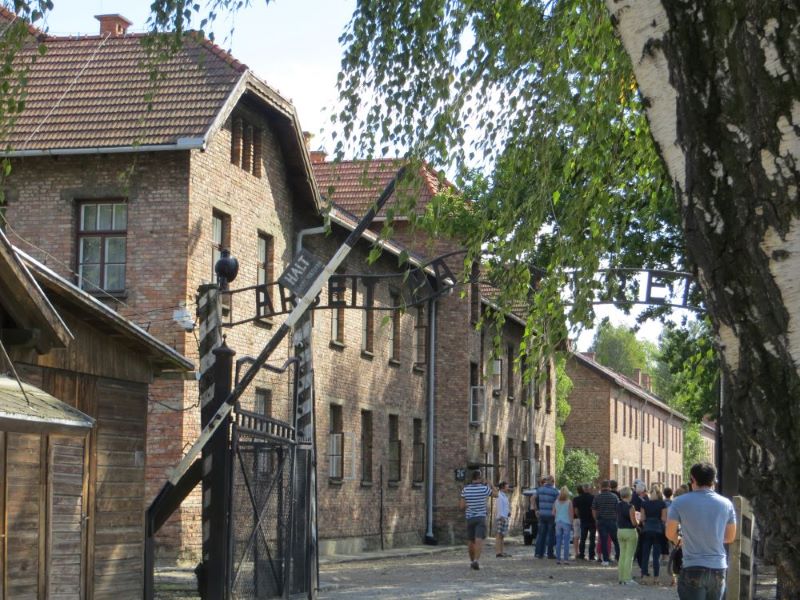
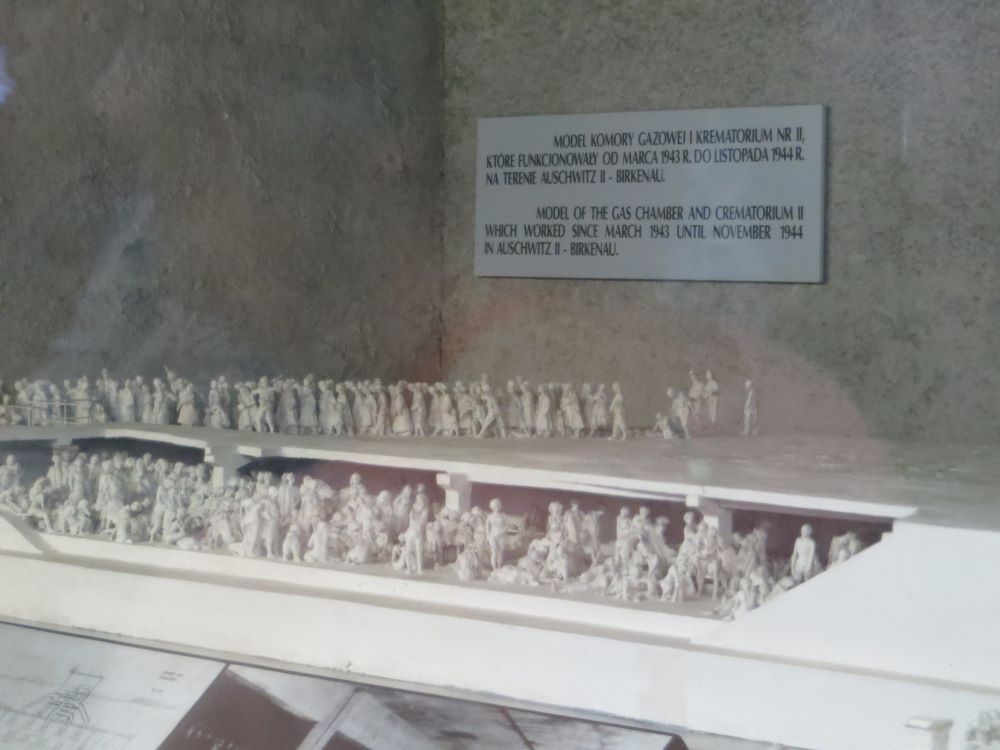
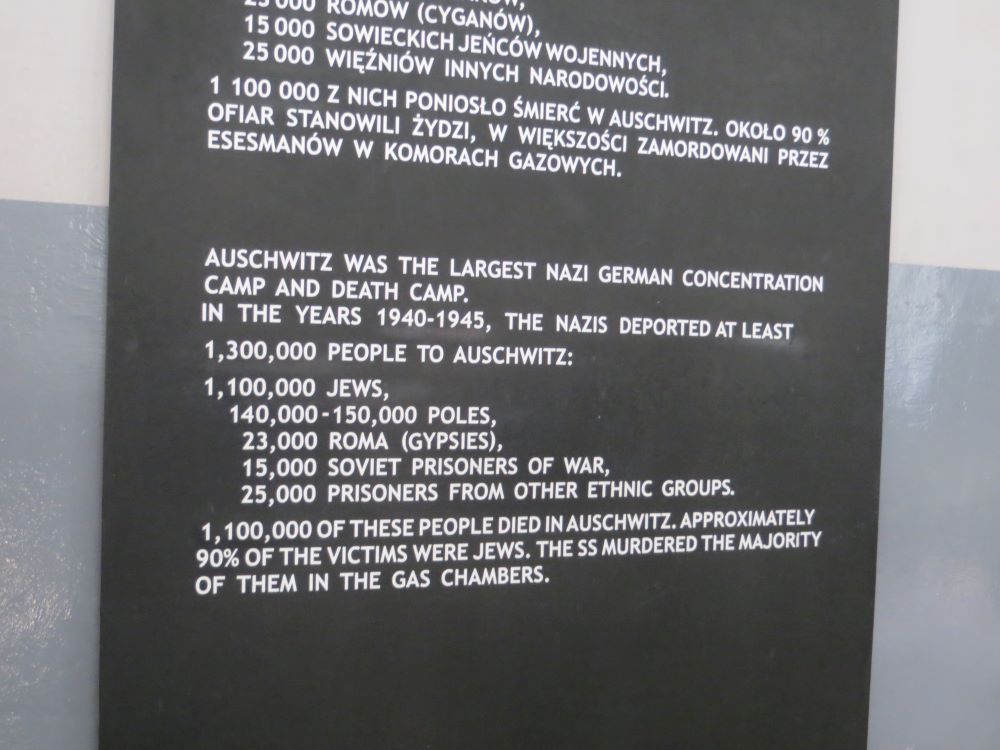
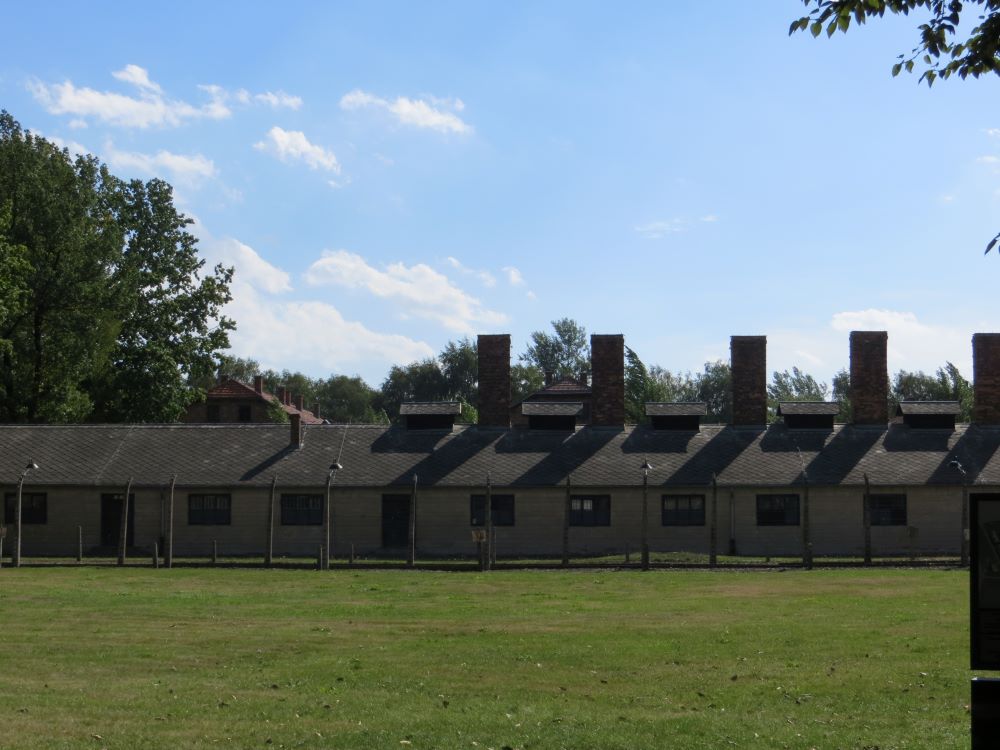
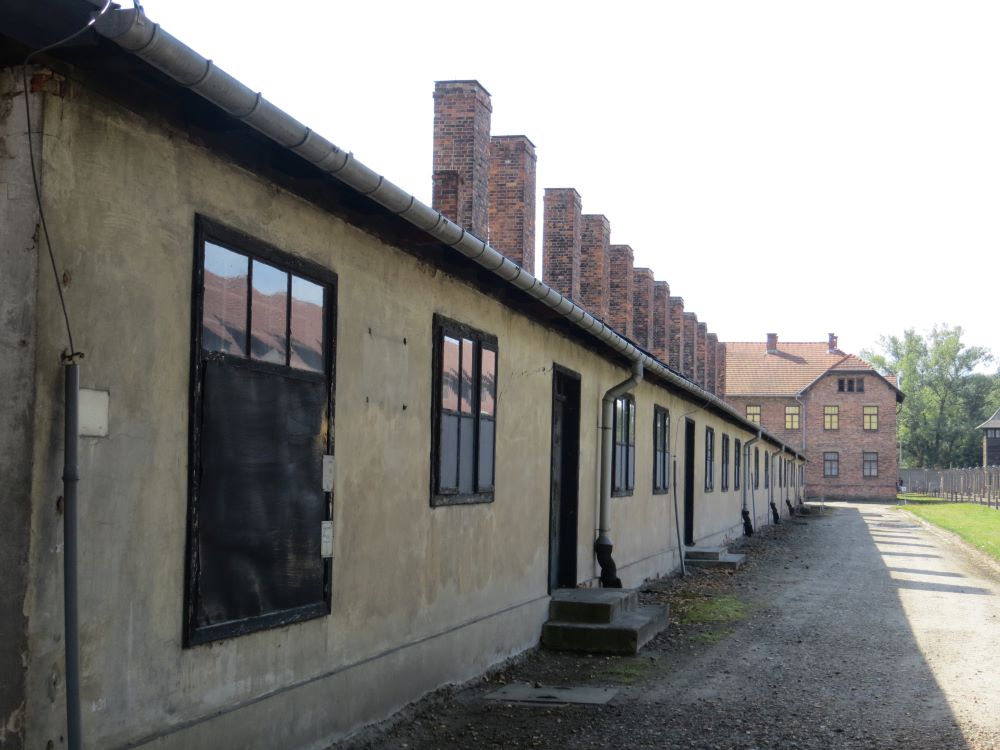
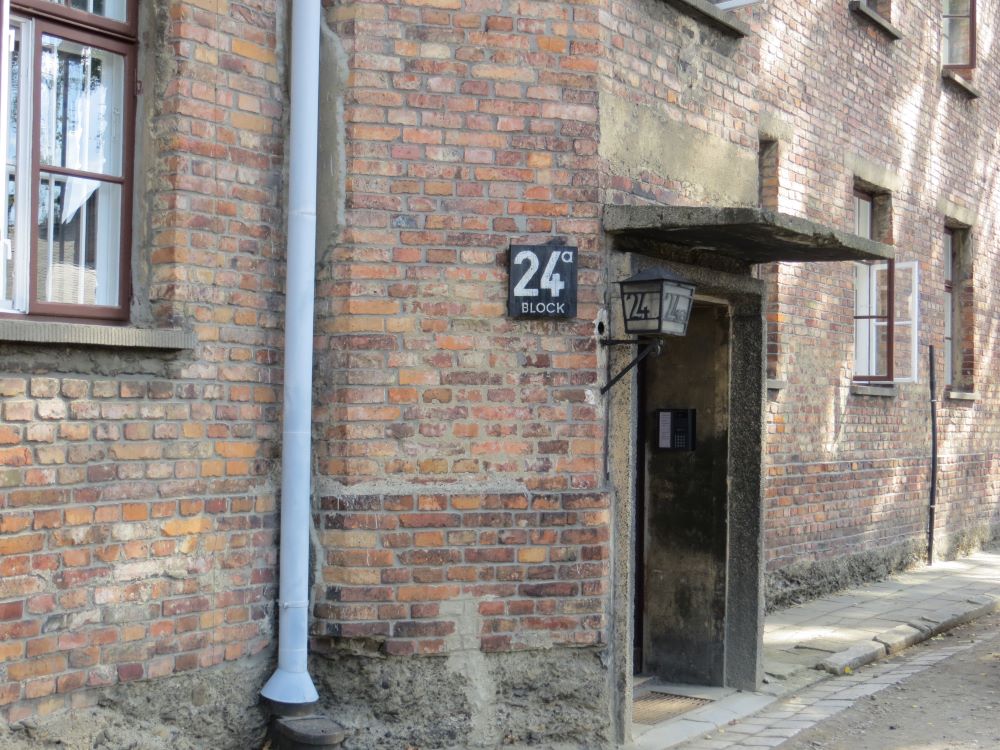

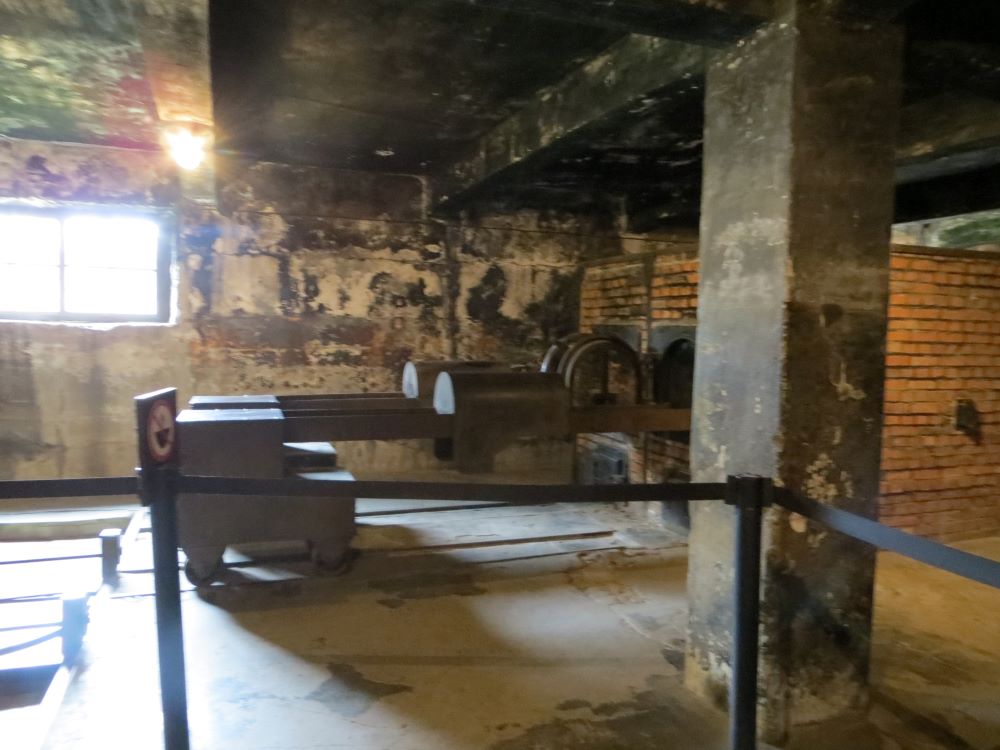
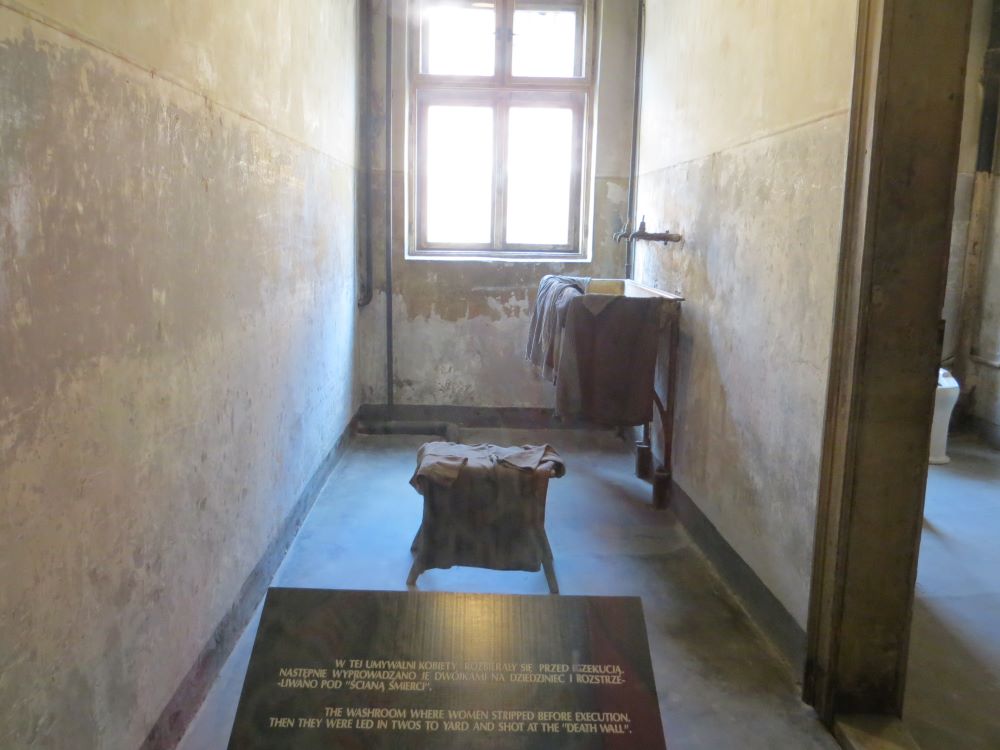
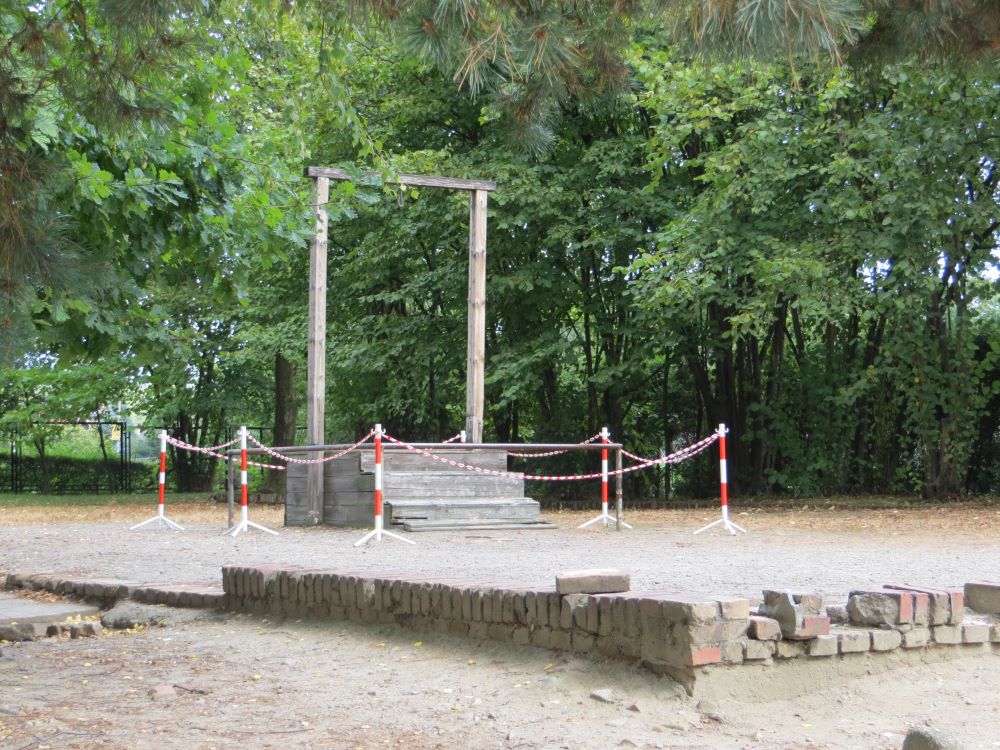
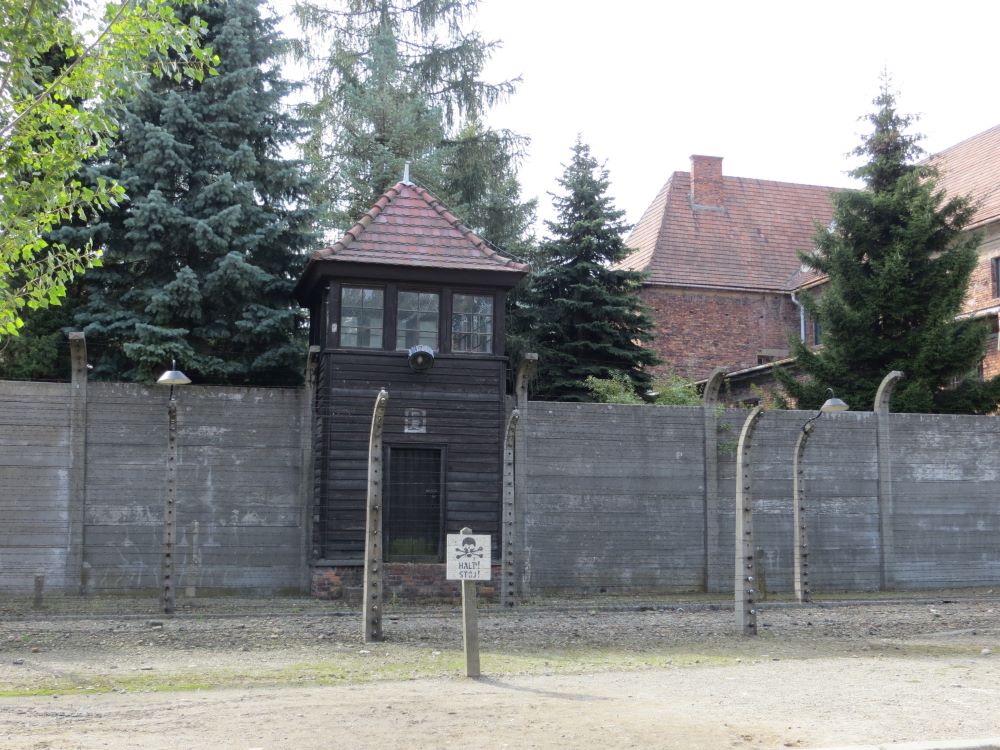
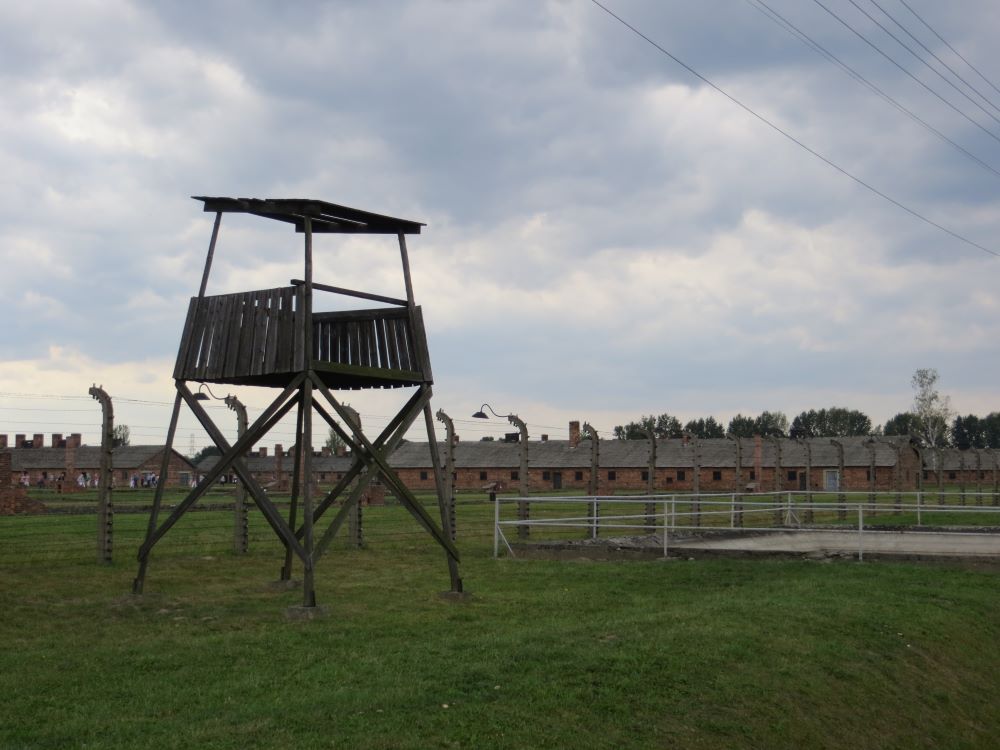
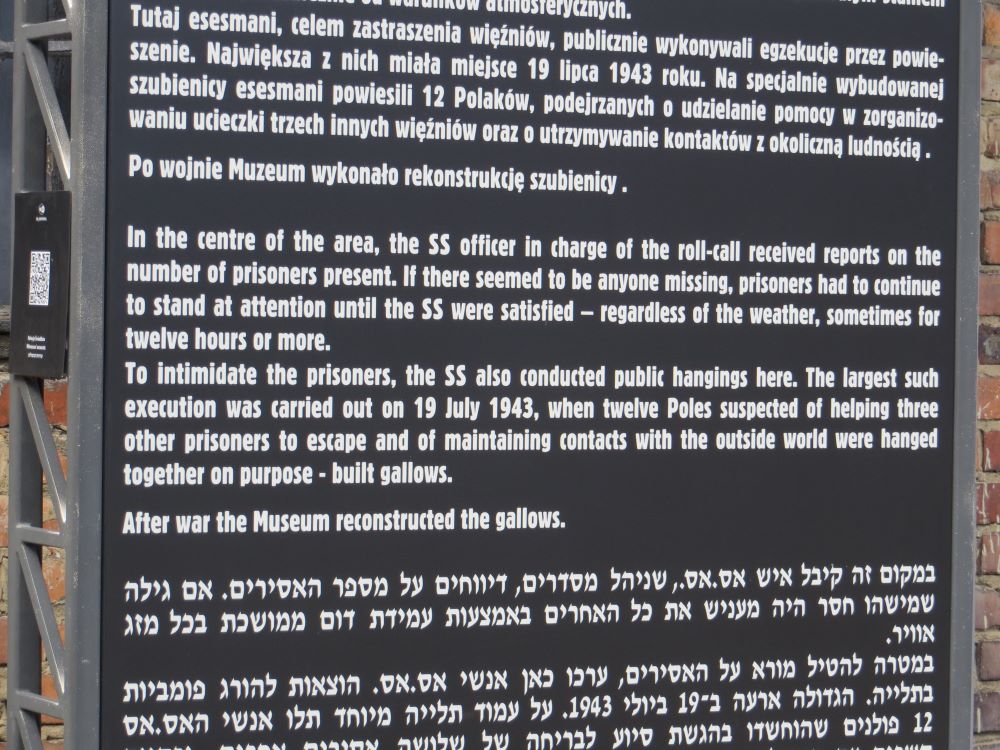
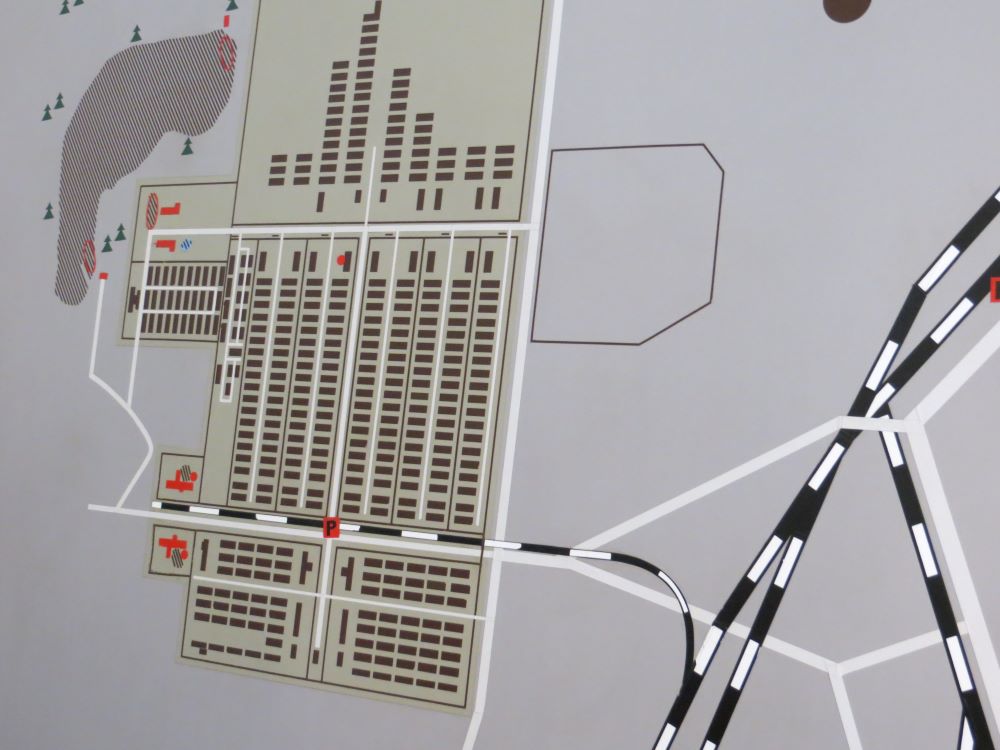
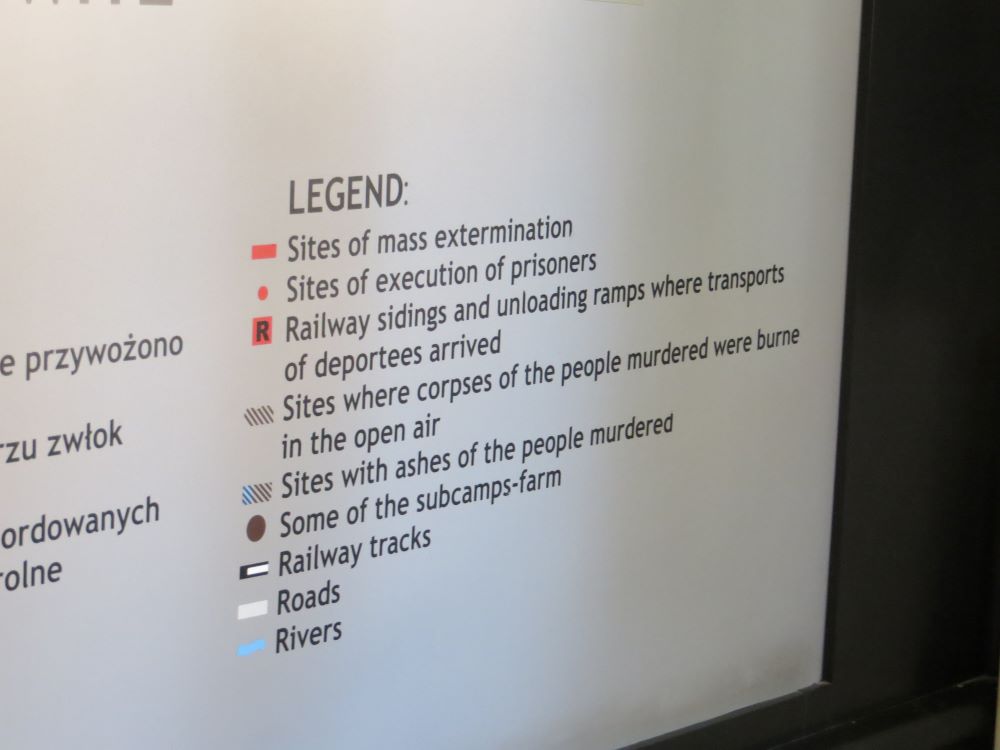
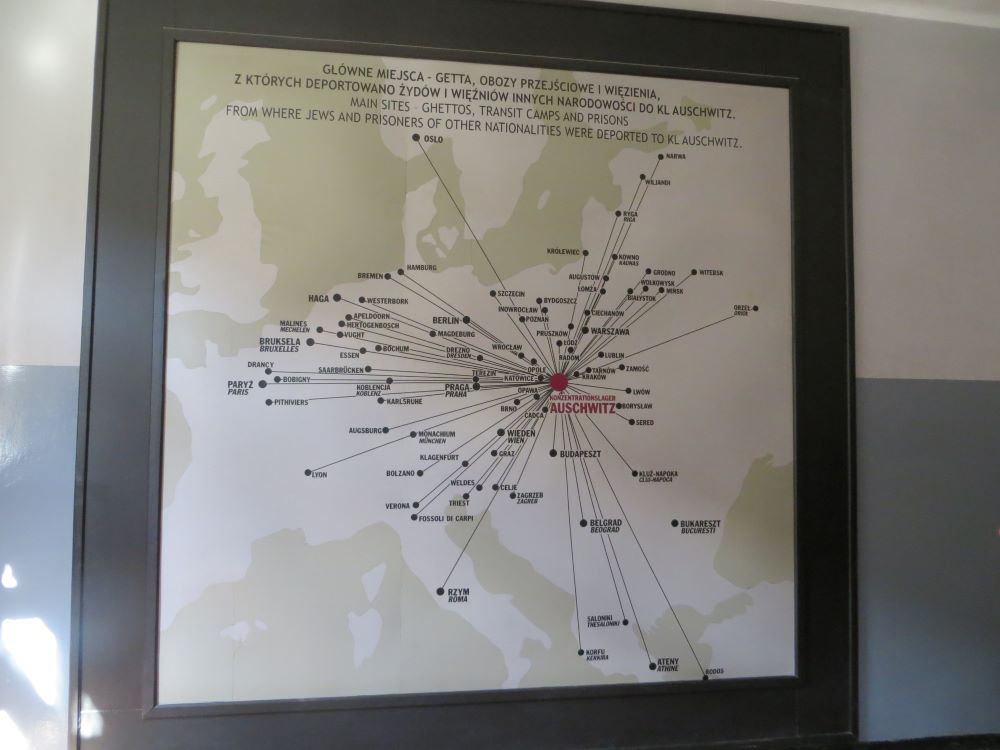
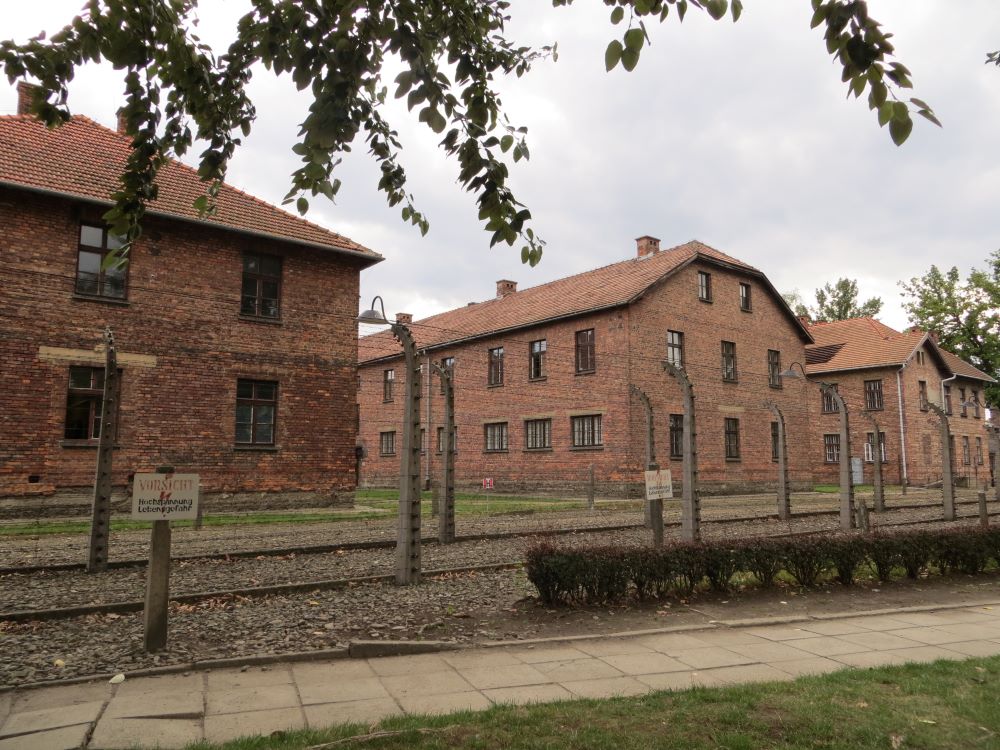
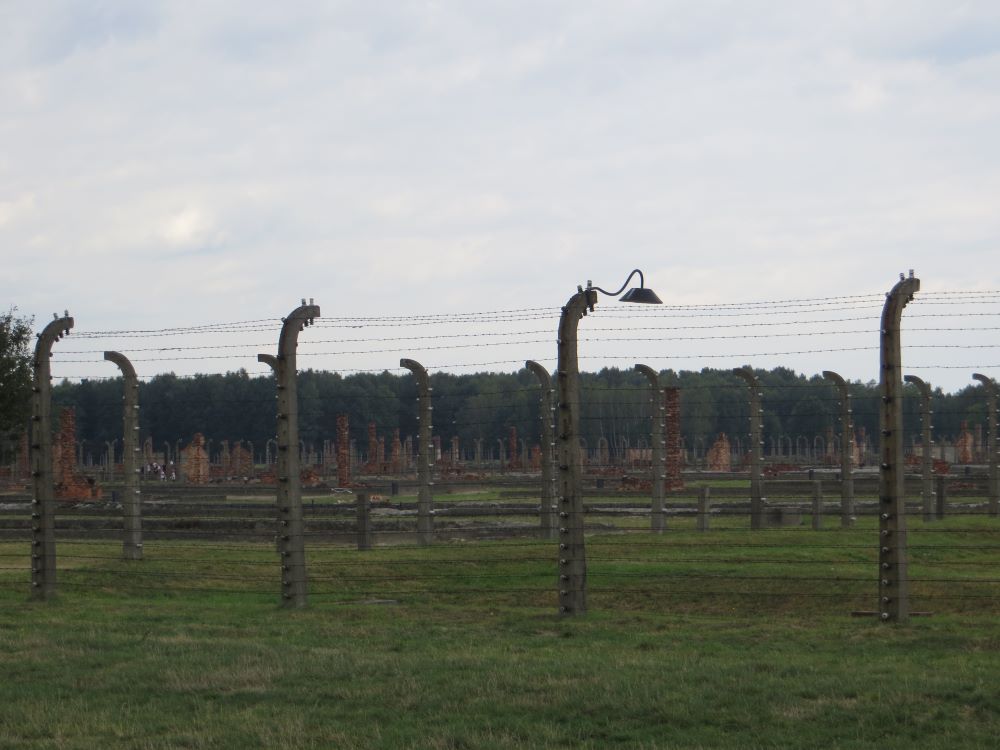
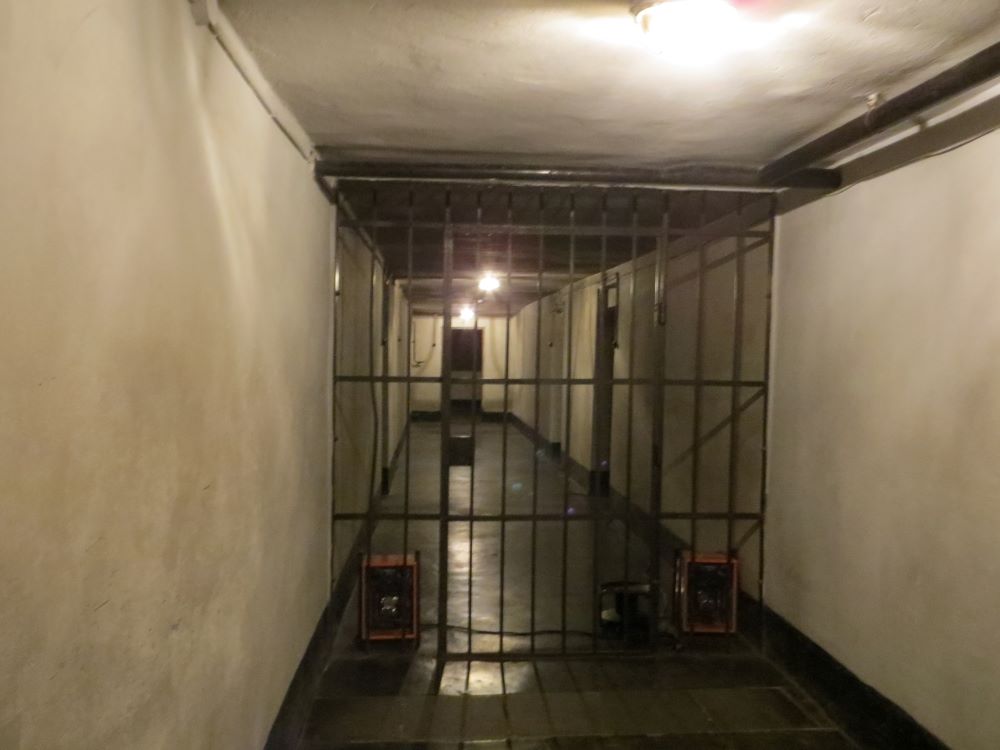
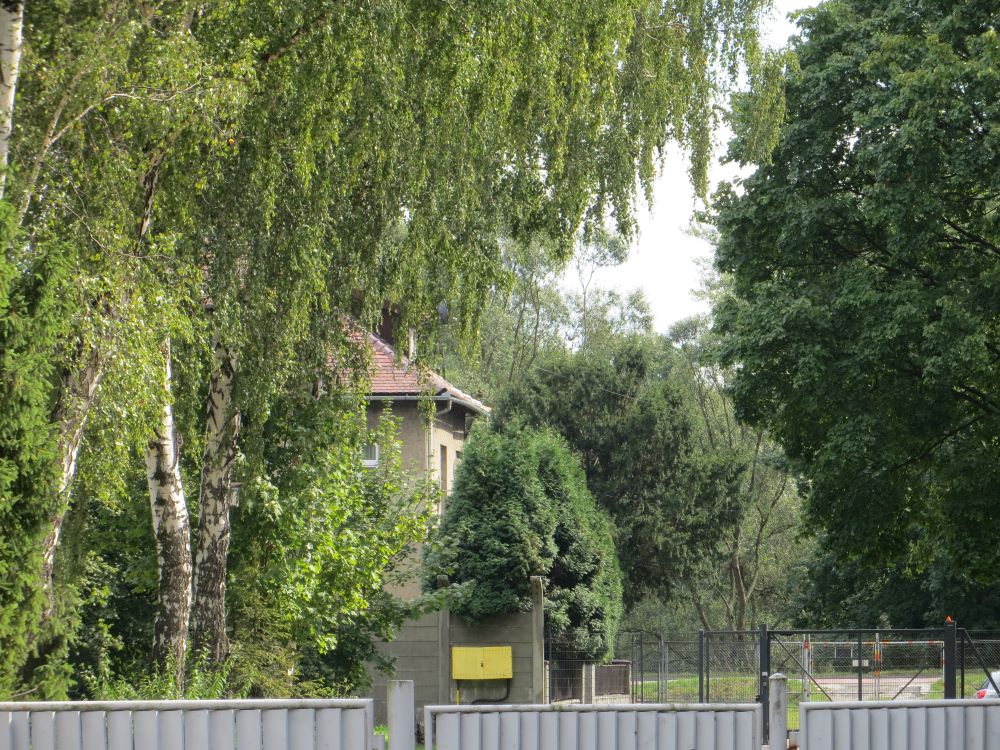

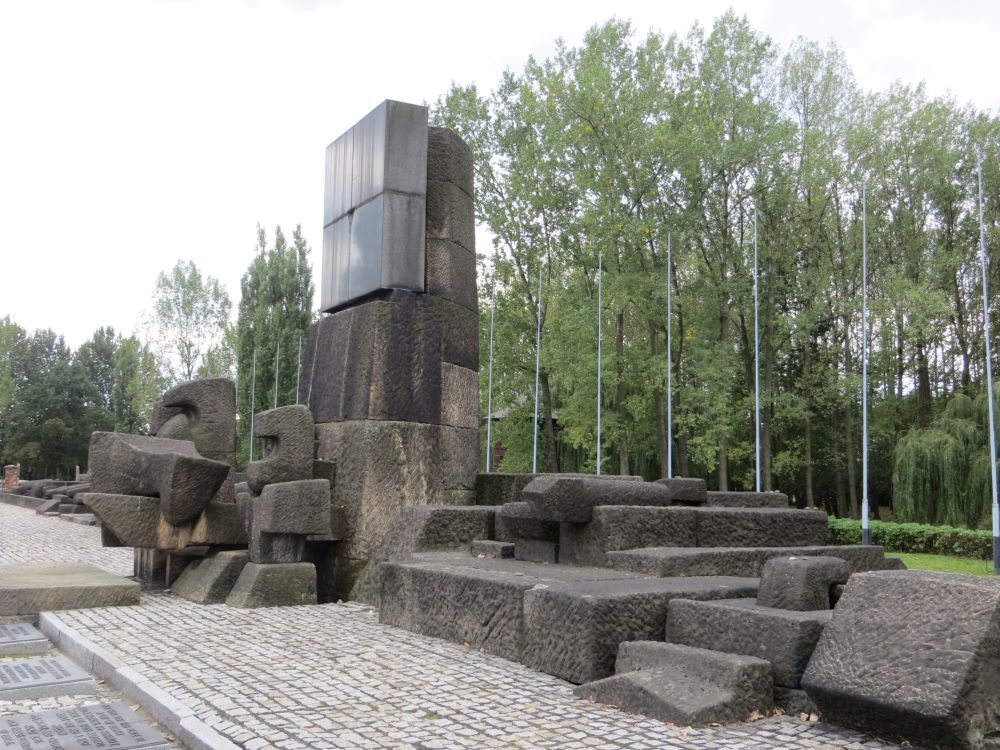
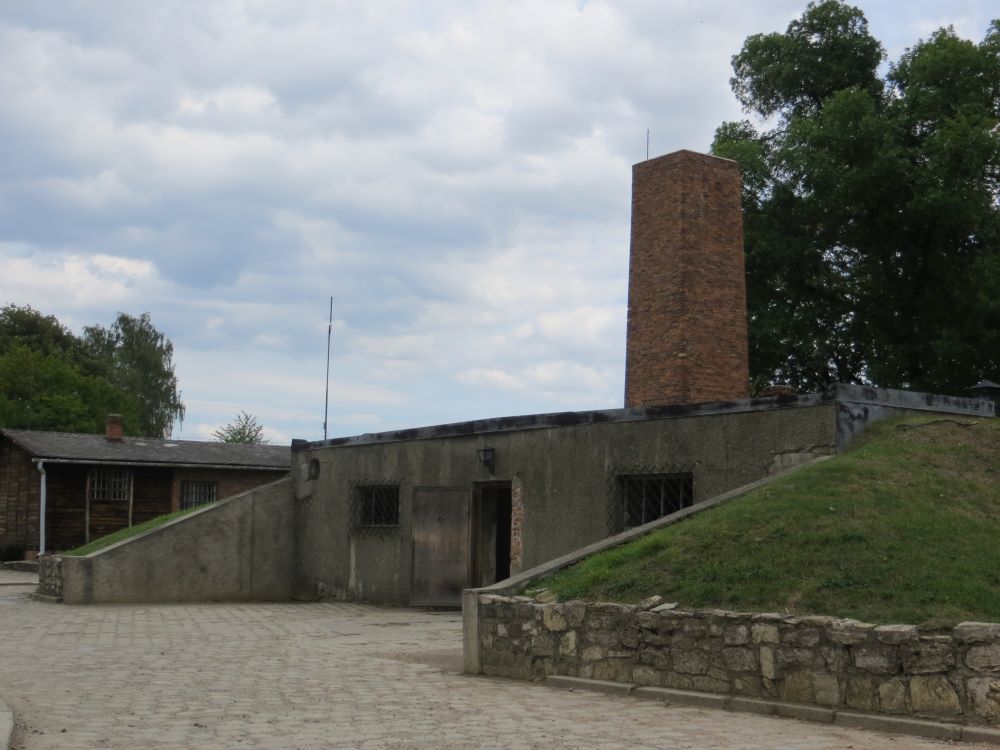
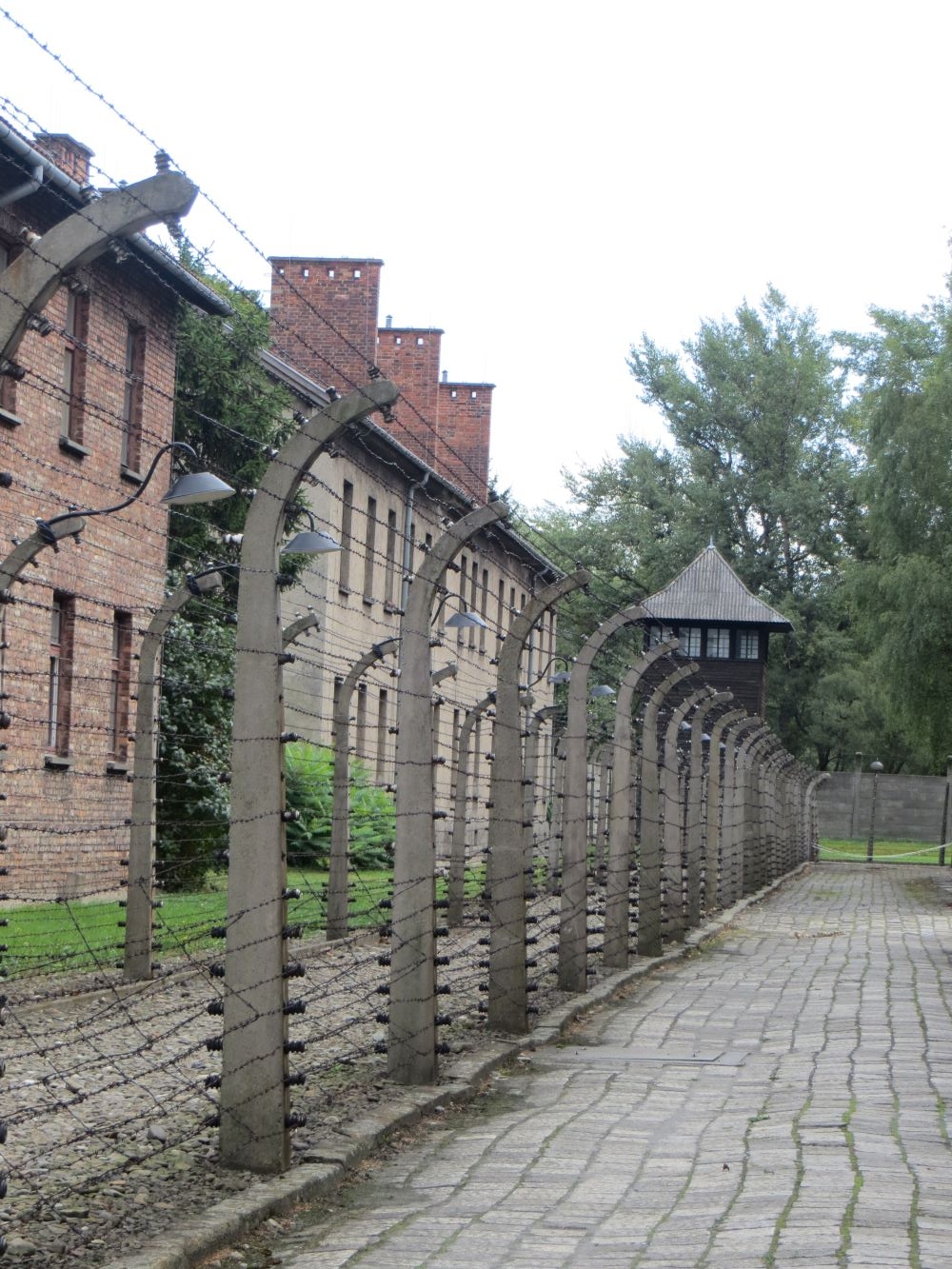
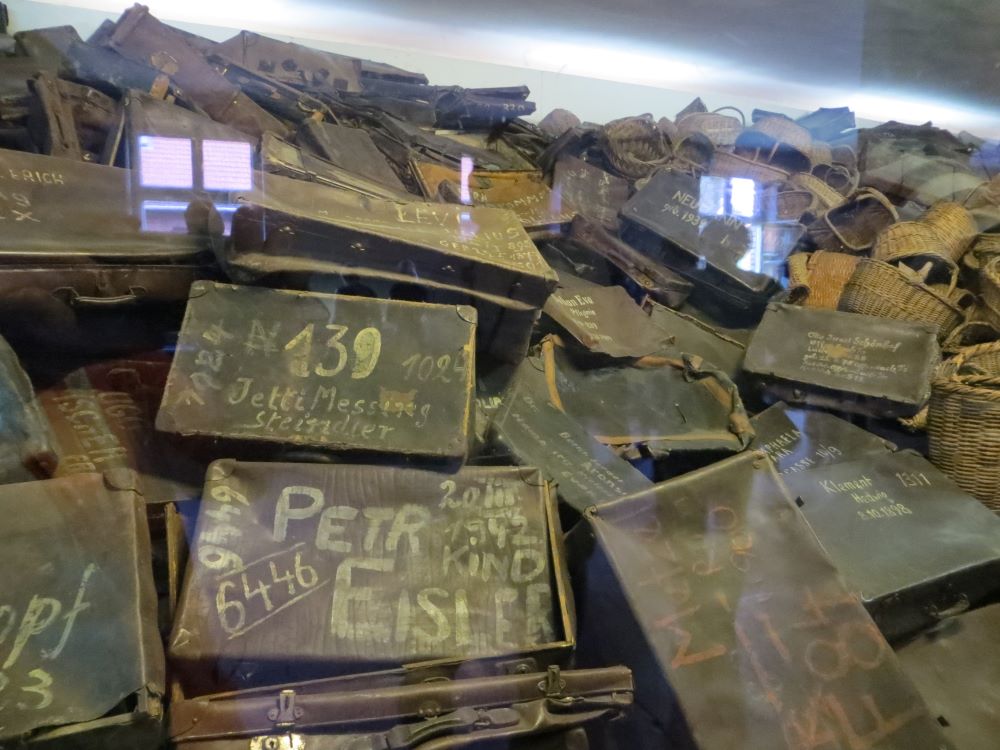
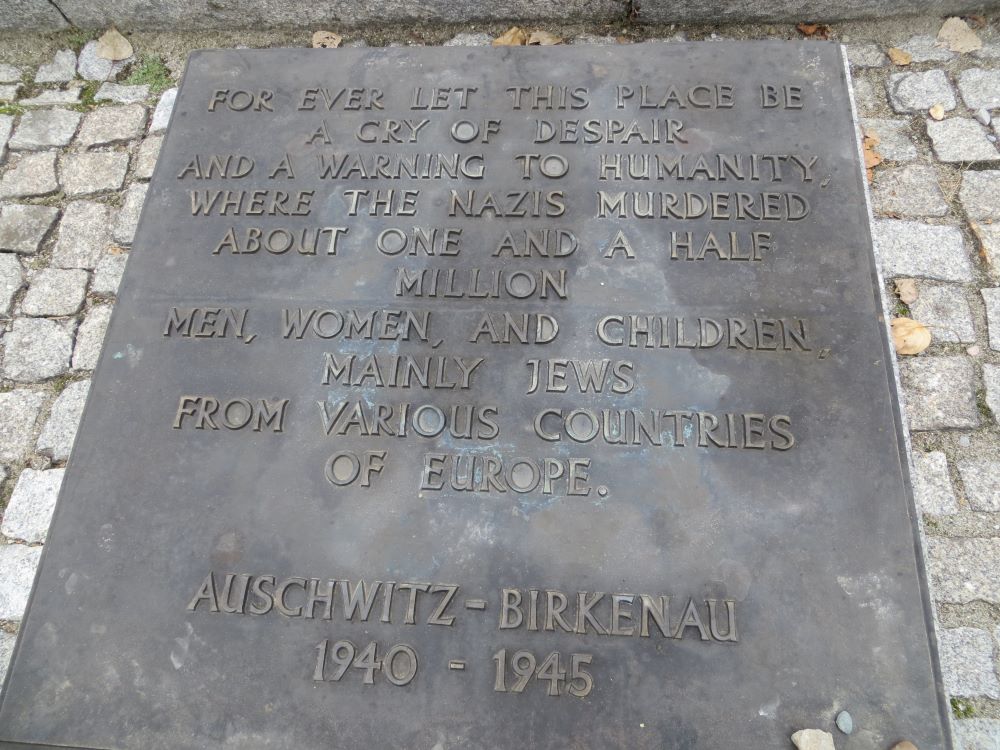
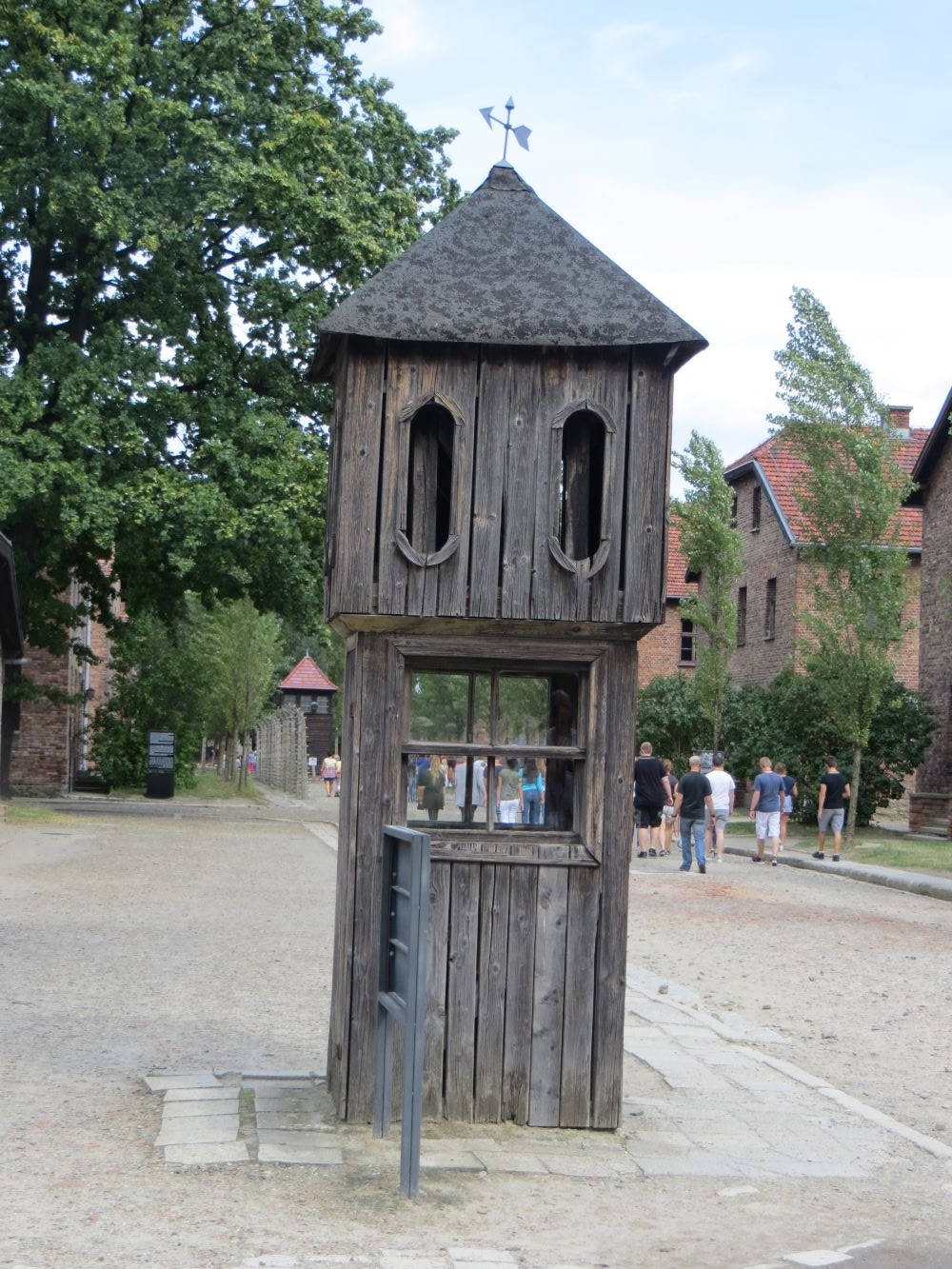
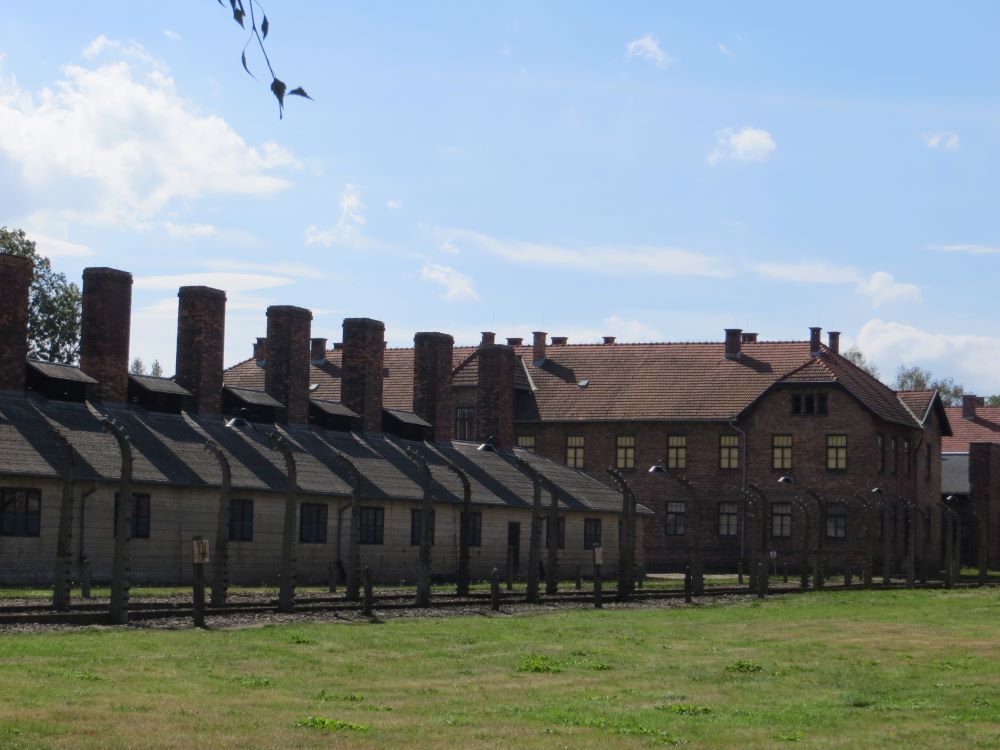
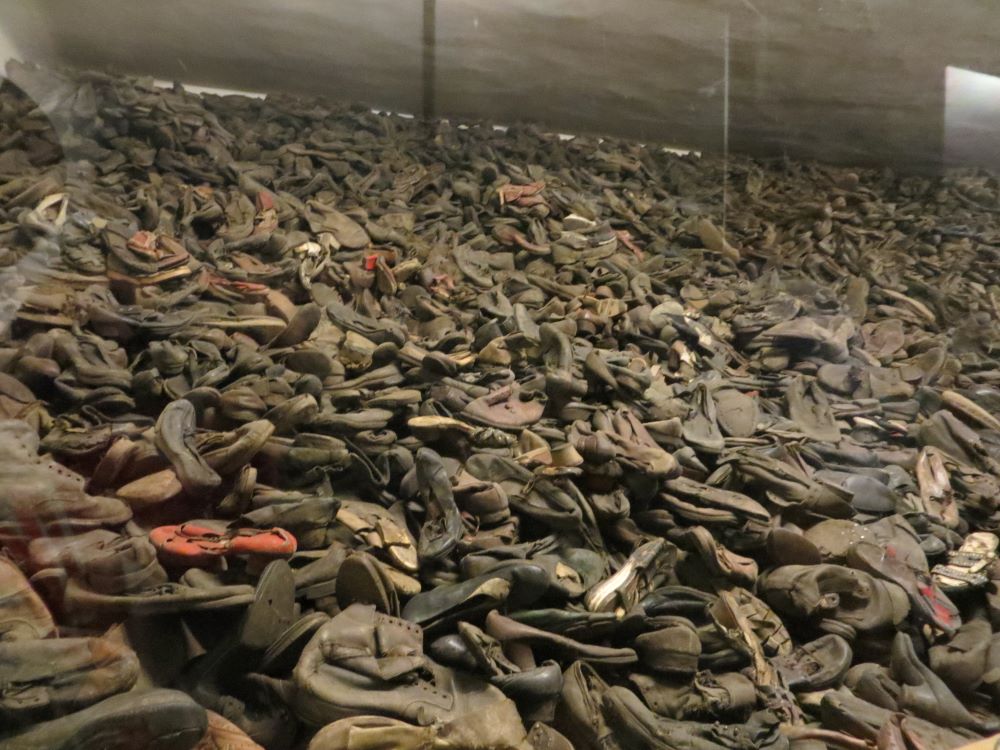
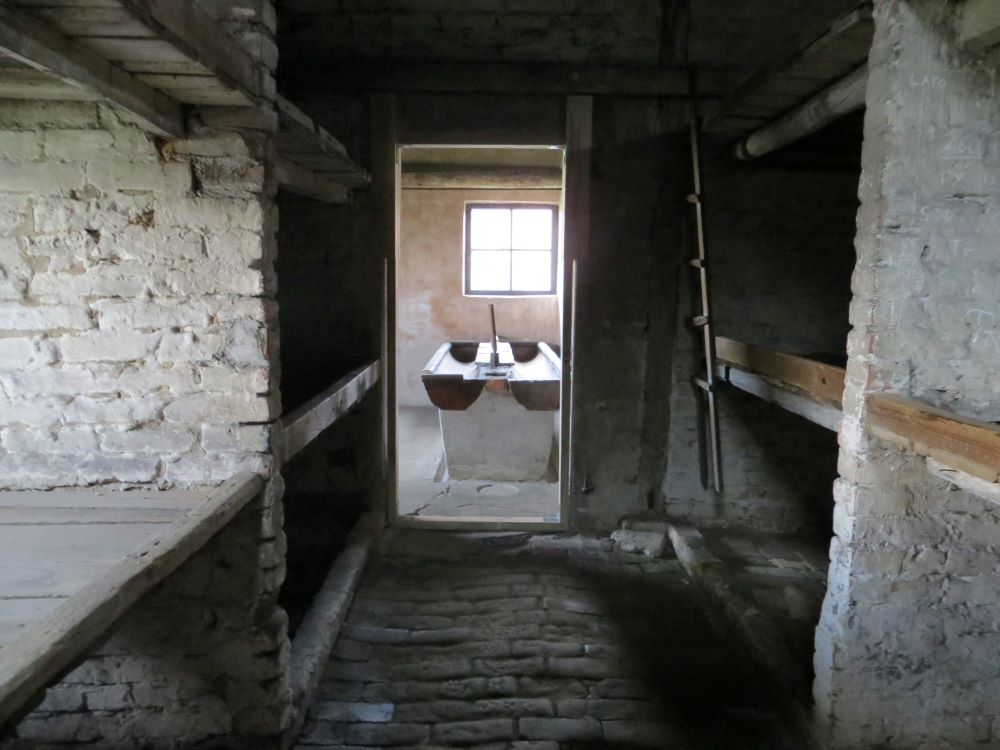
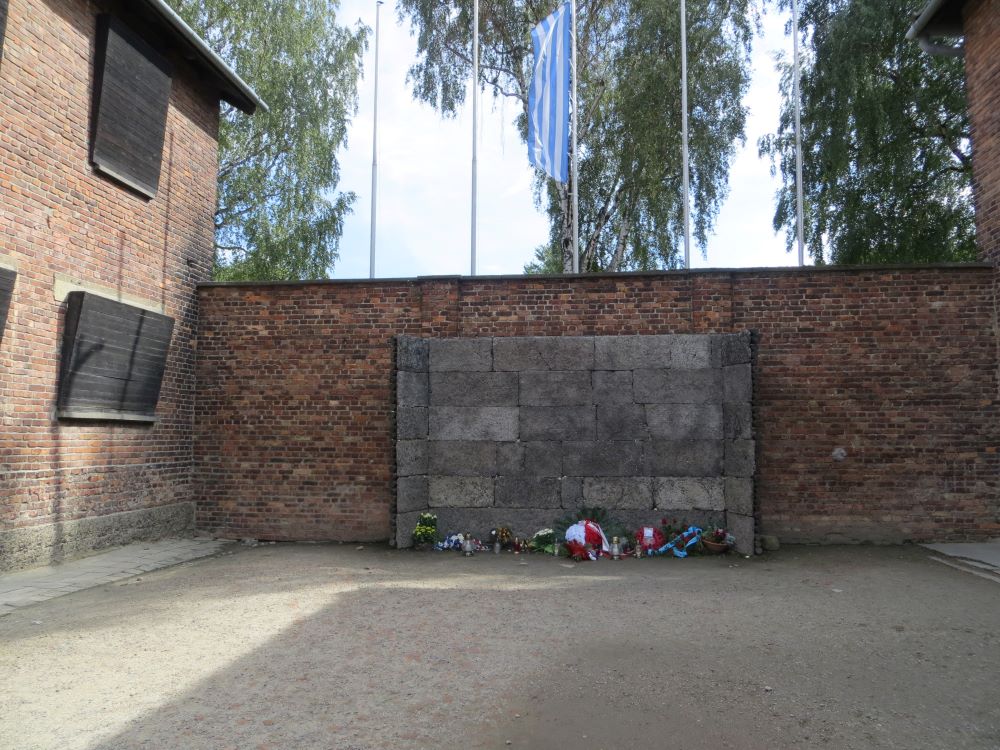
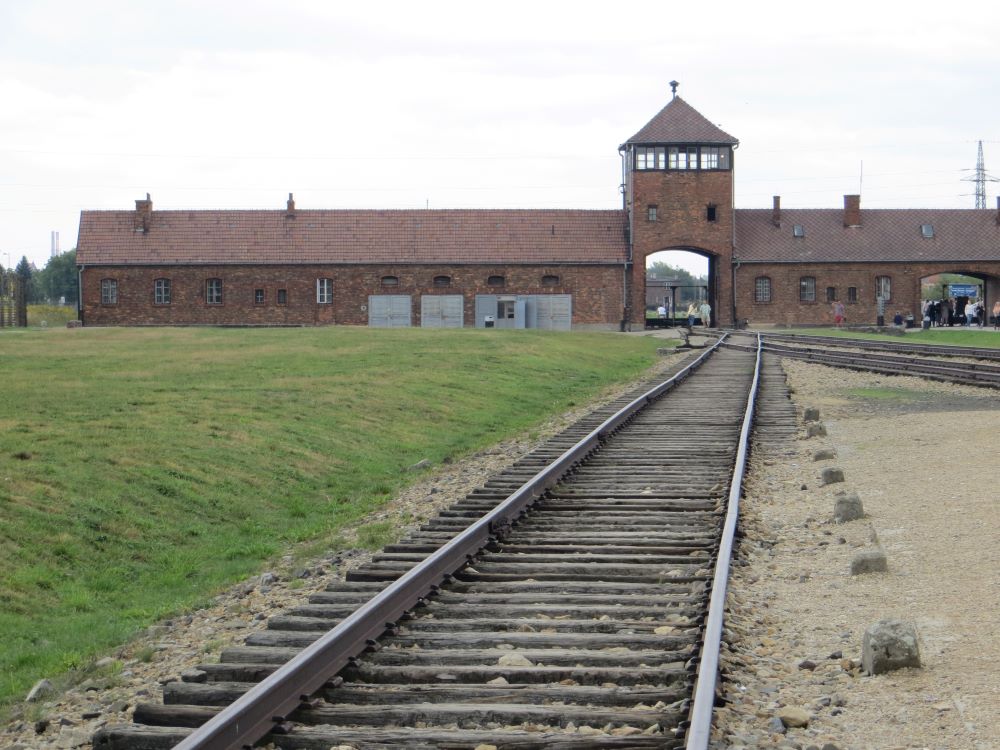
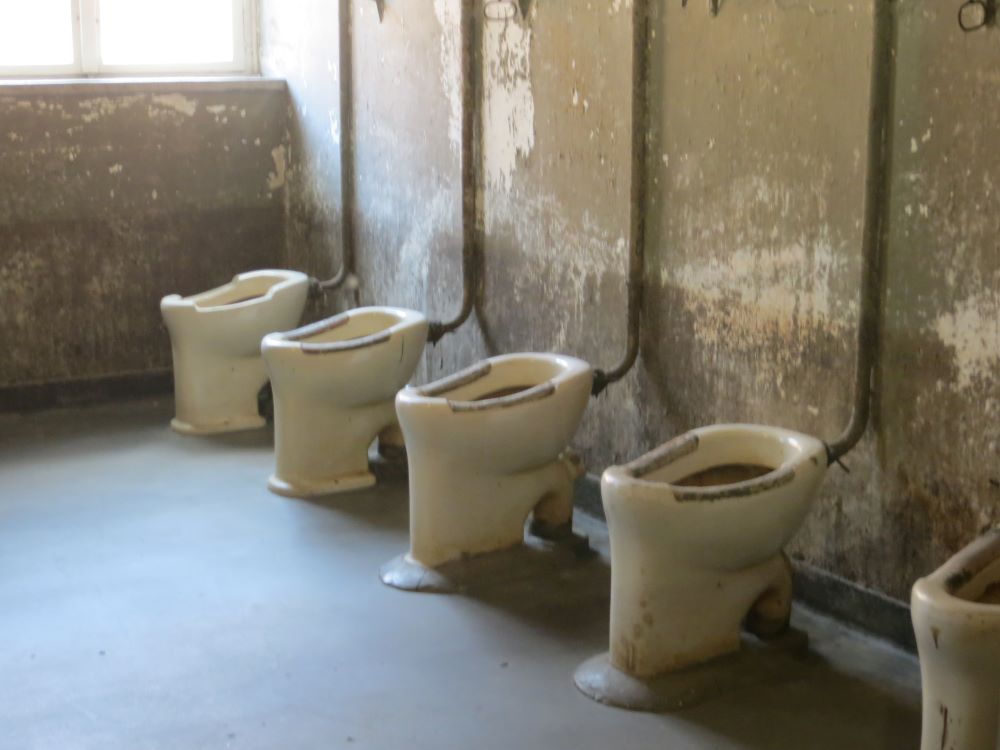
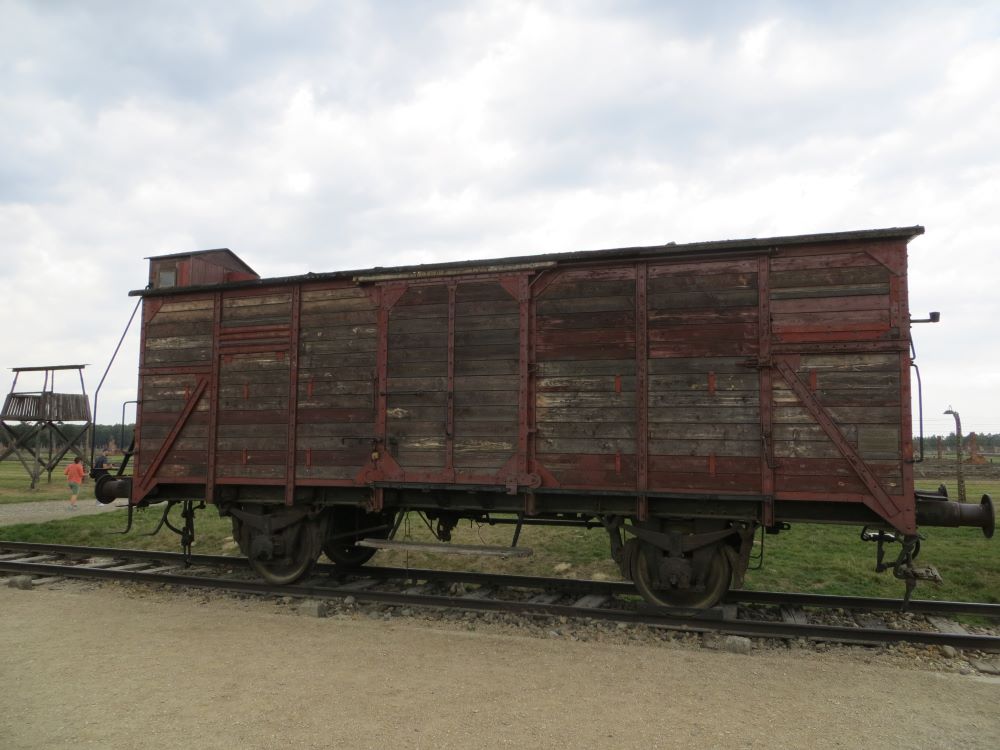
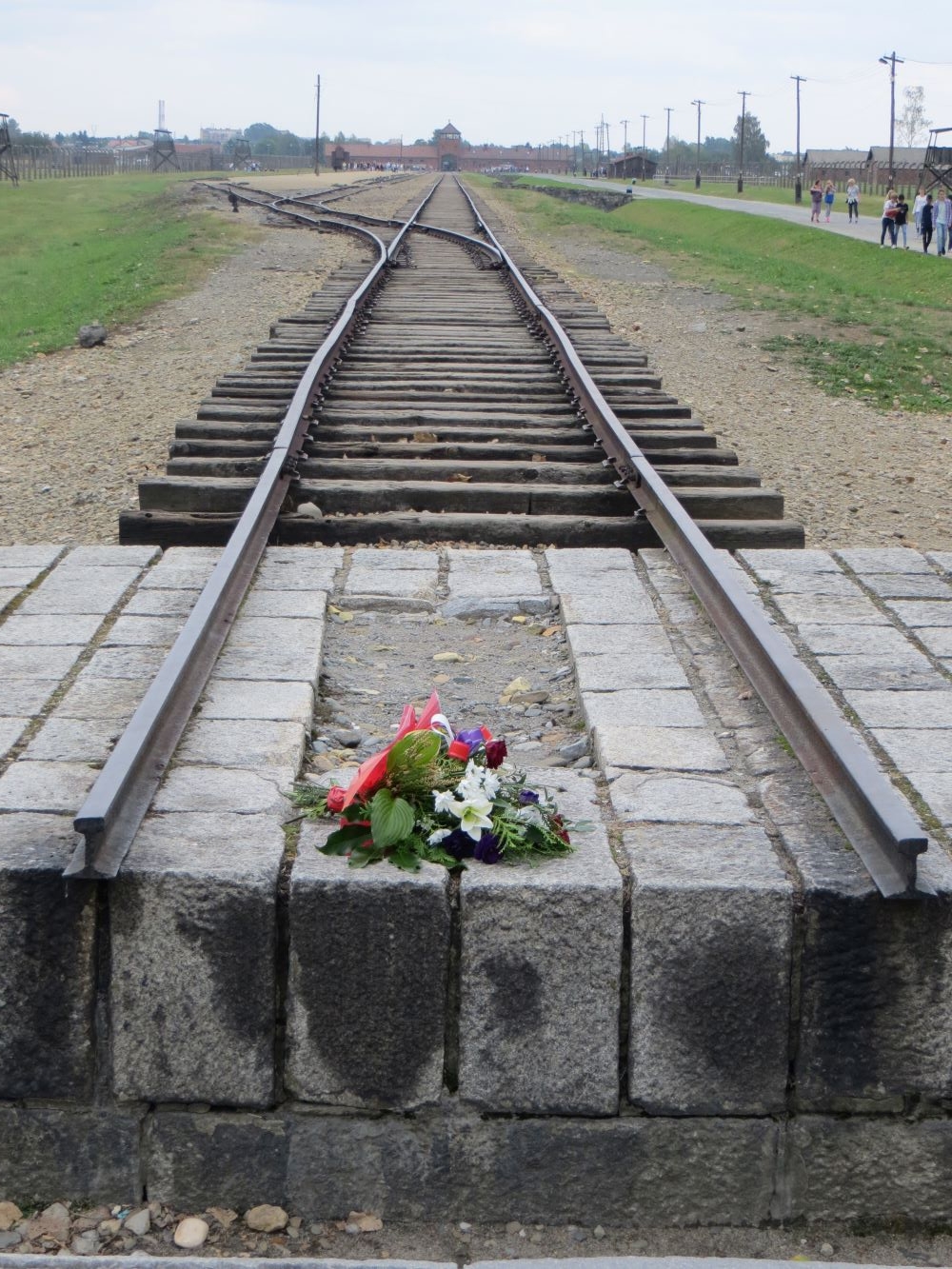
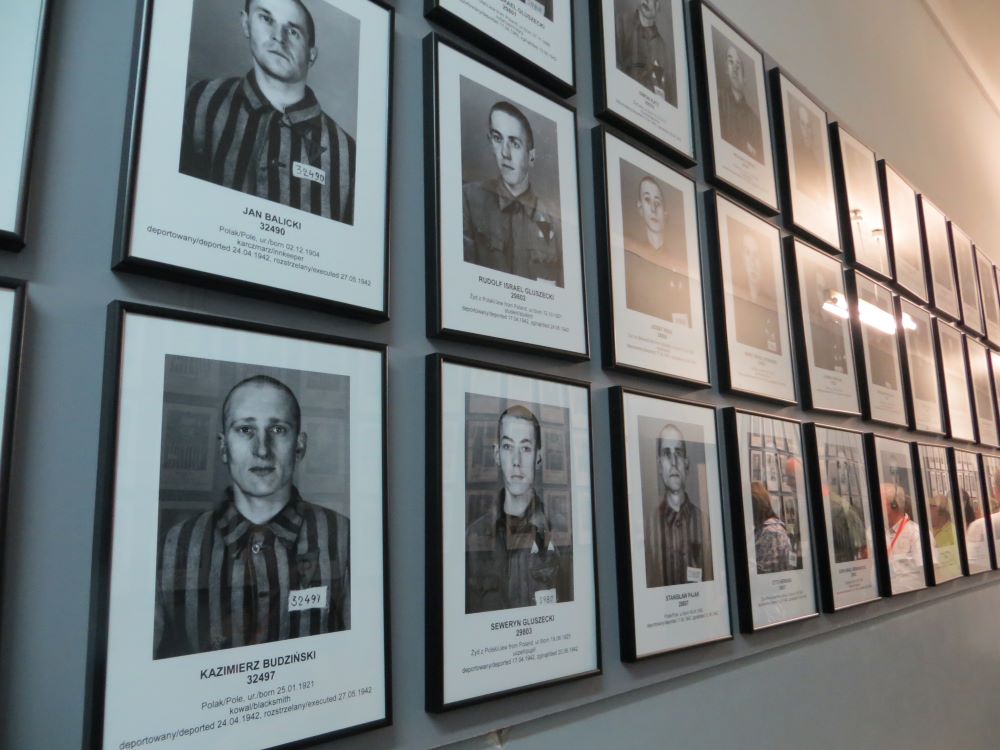
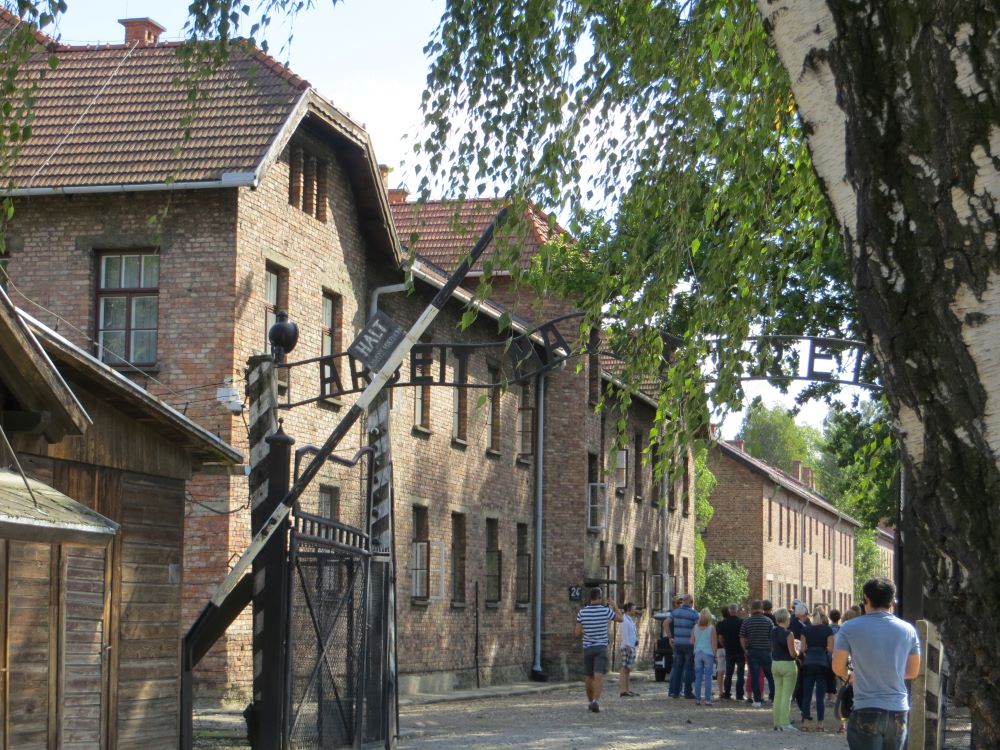
Leave A Comment